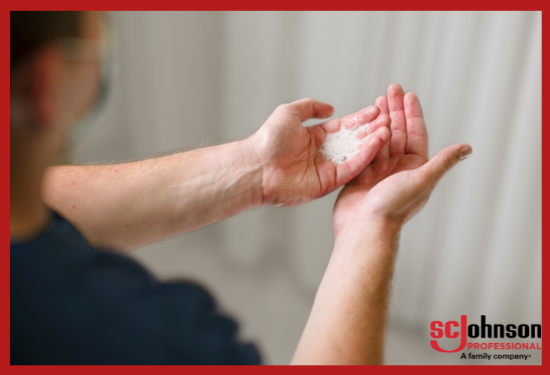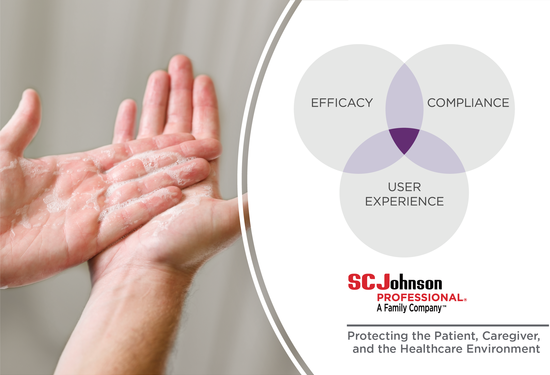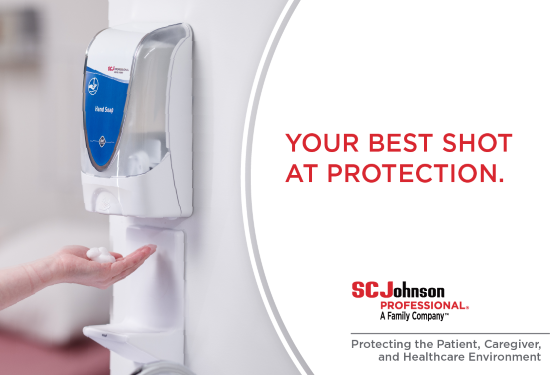Facts About Candida Auris: What it is and How to Prevent it from Spreading in Your Healthcare Facility
Candida Auris (C. auris) has been capturing news headlines since the Centers of Disease Control and Prevention (CDC) issued a warning regarding its alarming spread in U.S. healthcare settings[1]. Deemed a serious global health threat, below are the latest facts and guidelines to help reduce the risk and spread in healthcare facilities.
What exactly is it?
C. auris is a multi-drug resistant fungal yeast that can spread rapidly in healthcare facilities and cause severe infections and high death rates[2]. It was first detected as a novel Candida species in 2009 and has become widespread on all continents, except for Antarctica[3]. While it rarely causes infection in healthy individuals, people who are extremely sick, have invasive medical devices or endure prolonged stays in healthcare facilities or nursing homes are at increased risk of acquiring an infection.[4]
Why is it concerning?
C. auris can be multi-drug resistant, meaning it may not respond to multiple antifungal drugs commonly used to treat Candida infections. Unfortunately, some strains are resistant to all three available classes of antifungals – making some infections untreatable.[5]
Beyond being multi-drug resistant, C. auris is also hard to identify with common laboratory methods and requires a specialized test. Because of this, it has been mistakenly identified as other types of fungus, leading to mishandling.[6] Because it spreads easily in healthcare settings, it’s vital for C. auris to be identified quickly and for healthcare workers to follow infection prevention and control measures to stop the spread[7].
If you identify C. auris at your healthcare facility, the CDC encourages you to notify your state or local public health authorities and CDC at [email protected].
What infection control measures should be taken?
Since C. auris typically occurs in cluster breakouts and carries high mortality rate, appropriate infection control protocol must be implemented immediately to help prevent it from spreading.[8] When caring for infected patients, the CDC recommends that healthcare workers follow the standard hand hygiene protocol. An alcohol-based hand sanitizer is recommended when hands aren’t visibly soiled, while soap and water is necessary when soiled[9]. Appropriate contact precautions should always be used when managing patients.
For further infection control guidance from the CDC, visit www.cdc.gov/fungal/candida-auris/c-auris-infection-control.html.
[2] https://www.cleanlink.com/news/article/Candida-auris-Oubtreaks-What-You-Need-to-Know--29572?oly_enc_id=7243B6830412E4
[5] https://www.cdc.gov/fungal/candida-auris/index.html#:~:text=Candida%20auris%20is%20an%20emerging,used%20to%20treat%20Candida%20infections
[6] https://www.cdc.gov/fungal/candida-auris/index.html#:~:text=Candida%20auris%20is%20an%20emerging,used%20to%20treat%20Candida%20infections
[7] https://www.cdc.gov/fungal/candida-auris/index.html#:~:text=Candida%20auris%20is%20an%20emerging,used%20to%20treat%20Candida%20infections
[8] https://www.ncbi.nlm.nih.gov/books/NBK563297/
[9] https://www.cdc.gov/fungal/candida-auris/c-auris-infection-control.html#disinfection



